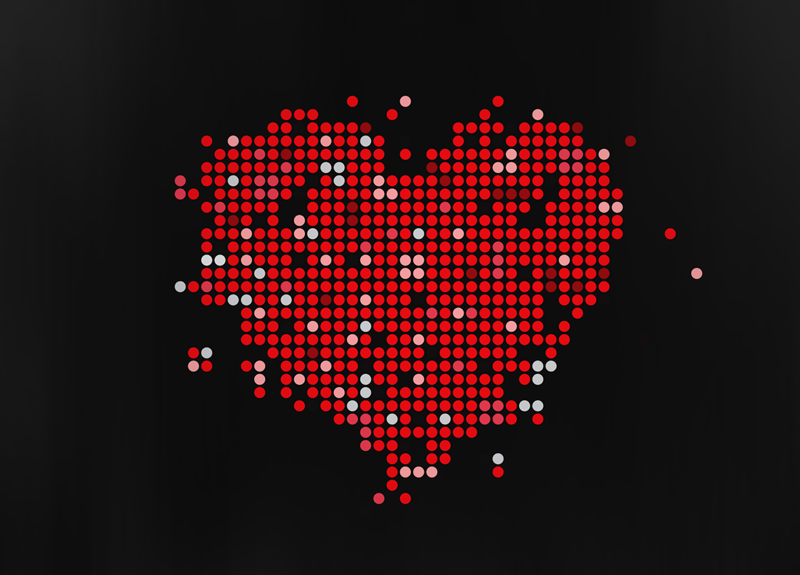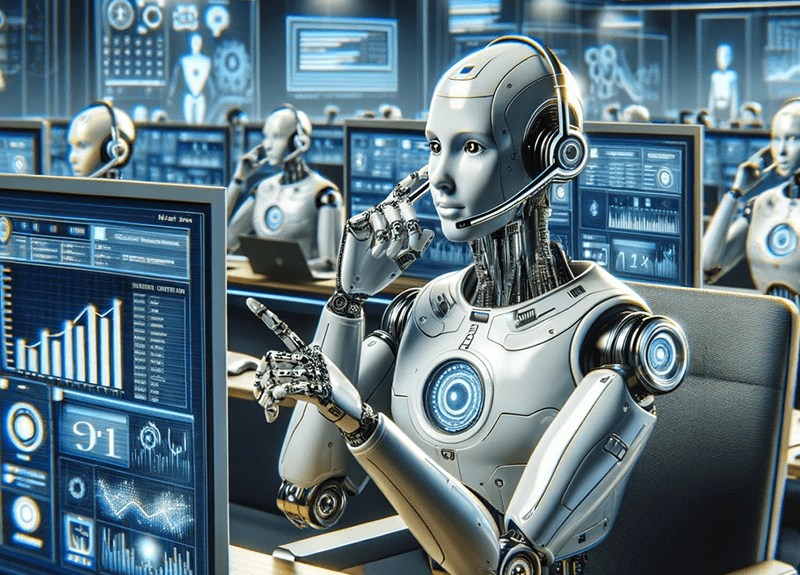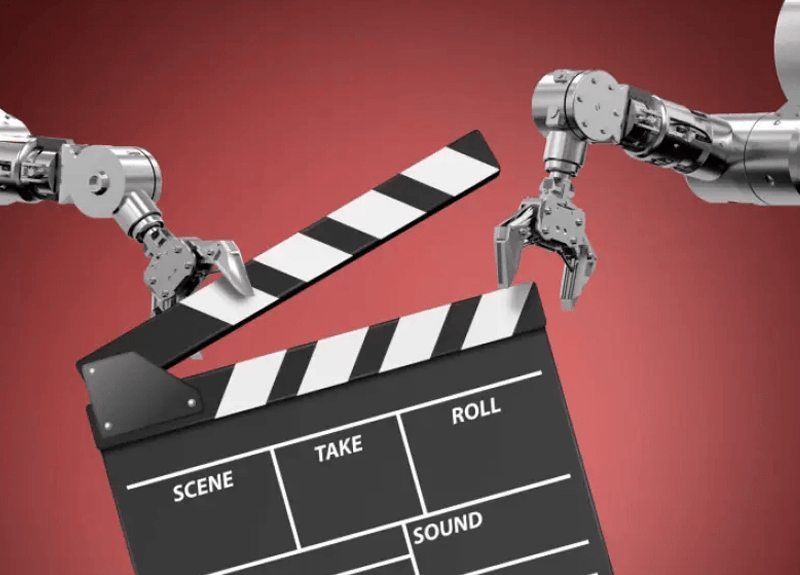
CR is the Future of AR
When Google Glass was unveiled to the world, it promised a future where digital and reality would meld seamlessly. However, the project stumbled, primarily due to the delicate equilibrium between augmented reality (AR) and the world as we know it. What went wrong, and how can technology take a different route?
The Trouble with Augmented Reality
Google Glass’s primary hiccup was rooted in the very nature of human cognition. Our brains are marvelously complex and adaptable, yet they have evolved over millennia to process the world in specific ways. Introducing AR, especially in the omnipresent manner Google Glass did, is akin to forcing our brains to multitask on a grand scale. The constant tug between what’s real and what’s digitally superimposed turns AR into more of a distraction than an enhancement.
The Birth of Custom Reality (CR)
Now, while AR has its limitations, the future doesn’t seem bleak. Enter Custom Reality (CR). Instead of an overlaid digital reality, CR alters specific elements of the actual world tailored to individual needs. The billboard example, where a driver gets personal navigation instructions on a billboard, is just the tip of the iceberg.
- Shopping Experience: Imagine walking into a clothing store. Instead of generic mannequins, you see outfits that are tailored to your style preferences and sizes. The store's display dynamically changes to highlight items that you might find interesting based on your shopping history or even your current mood.
- Restaurants and Cafés: Ever been overwhelmed by a too-extensive menu? With CR, the menu could highlight dishes you might like based on your past orders, dietary preferences, or even health goals.
- Museums and Art Galleries: As you walk through, descriptions of artifacts or art pieces could be personalized based on your educational background, interests, or past visits. If you're a history enthusiast, for example, you might get a more detailed history of an artifact, while a design student might receive information on the artifact's artistic techniques.
- Public Transport: Stations can be chaotic, especially in new cities. CR can customize signboards to display information relevant to you. Instead of a generic sign indicating trains, a sign might momentarily flash the time left for your specific train, ensuring you never miss a step.
The Road Ahead
For technology to be truly beneficial, it must enhance our experiences without adding undue cognitive strain. Google Glass might have been ahead of its time and perhaps misdirected in its approach. Still, as we look forward to the potential of Custom Reality, the fusion of digital possibilities with our tangible world has never been more exciting. The key lies in harmoniously integrating these technologies into our daily lives without jarring our innate human processing capabilities. Apple is on the right path with their vision pro, but there is still long way to go, before CR becomes part of one’s daily life.
Get a Free Consultation
With Crownsoft’s Senior Business Analyst














